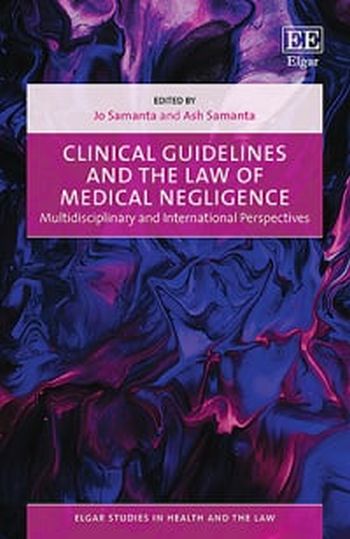
This book critically considers the dynamic relationship between clinical guidelines and medical negligence litigation, arguing that a balance must be struck between blinkered reliance on guidelines and casual disregard. It explores connections between academic law and professional practice, bringing together an array of perspectives which reveal that although guidelines may not be dispositive, they nonetheless play an important role in medical negligence law.
The chapters provide compelling insights from academics, lawyers, barristers, doctors and healthcare professionals into the use of guidelines in determining the legal standard for breach of duty, thereby contributing to a holistic understanding of guideline usage in this area of law. Sociological considerations along with empirical findings are used to underpin these concepts. While focusing on the UK, contributors draw upon international law including that from the United States, South Africa, the Netherlands and other countries. Based on this analysis the conclusion offers a theoretical framework for practical application illustrated by a case-based discourse.
This book makes a significant contribution to the knowledge base in the subject area. It is an essential read for legal academics and lawyers working in medical and health law, as well as for doctors and other healthcare professionals. It will be a key reference point for medical regulators, health organisation policymakers and clinical governance teams.